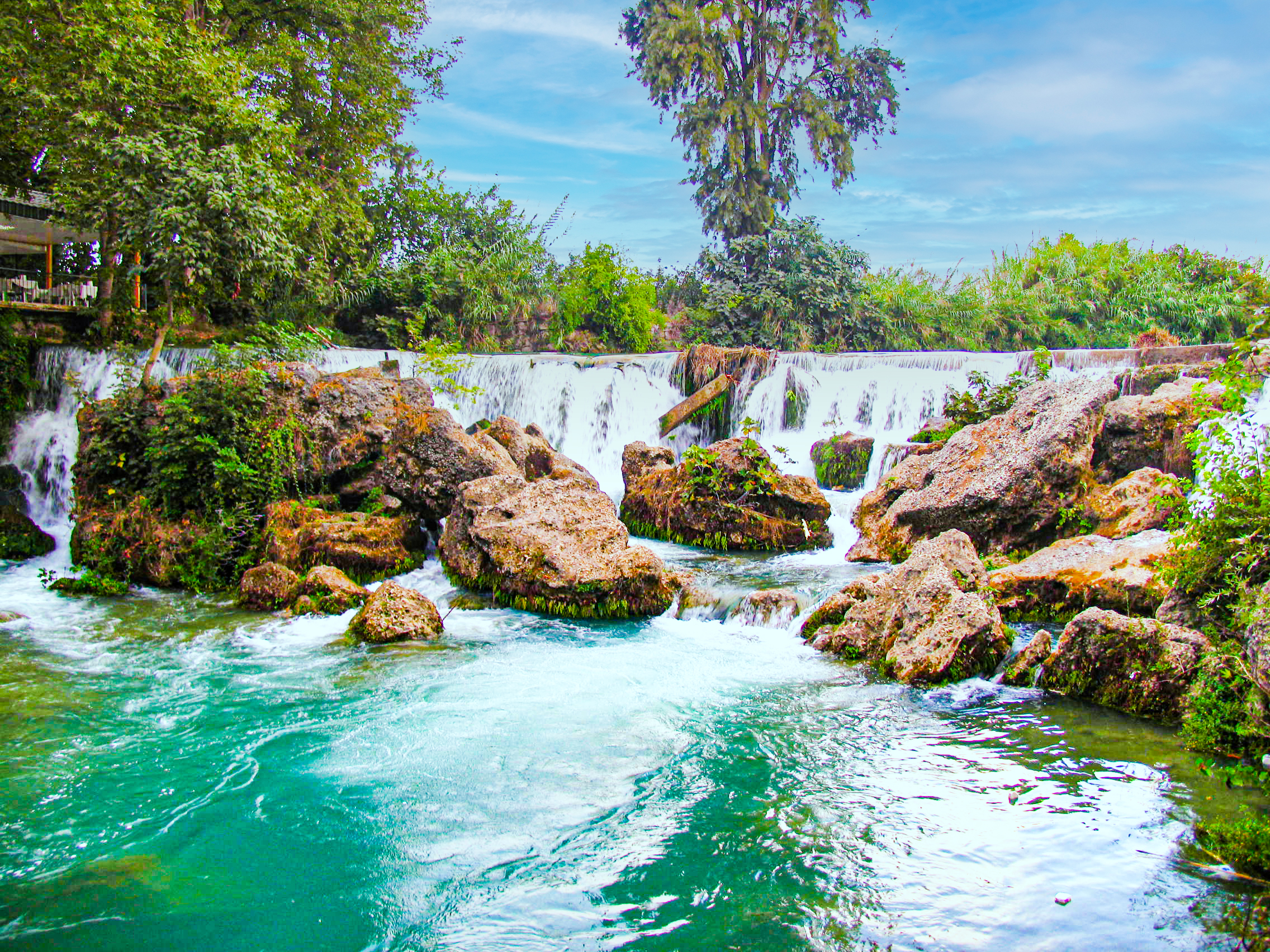



The Tarsus River, which was called Kydnos in the Ancient Period, was later named "Berdan", which means cold water. The Berdan River, which plays an important role in the emergence of the Çukurova Delta with the alluvium it carries, consists of streams that originate from the Southeastern slopes of the Central Taurus (Bolkar Mountains). The river, with a total length of 142 km, draws wide springs in the Tarsus plain before it flows into the Mediterranean and has been effective in the preference of Tarsus as a settlement center in the historical process. While the riverbed was changed by the Byzantine emperor Justinian (AD 527-565), it was actually used until the end of the Roman Period, and it turned into a wide and high waterfall in the necropolis area. As a result of this work carried out to protect the city from floods, the water pouring from the conglomerate cliffs at an altitude of about 10 meters reaches its most intense flow especially in winter and spring with the melting of the snow, turning into an impressive natural beauty 4 km north of the city.Today, the waterfall and its surroundings, with its impressive visual aesthetics and the Roman tombs it contains, is one of the places where local and foreign tourists show interest. Its pond and waterfall, which expand with its rising flow in the spring, create a magnificent view with the sunset and are among the favorite places of nature lovers and photo safaris.
View on Google Maps Back